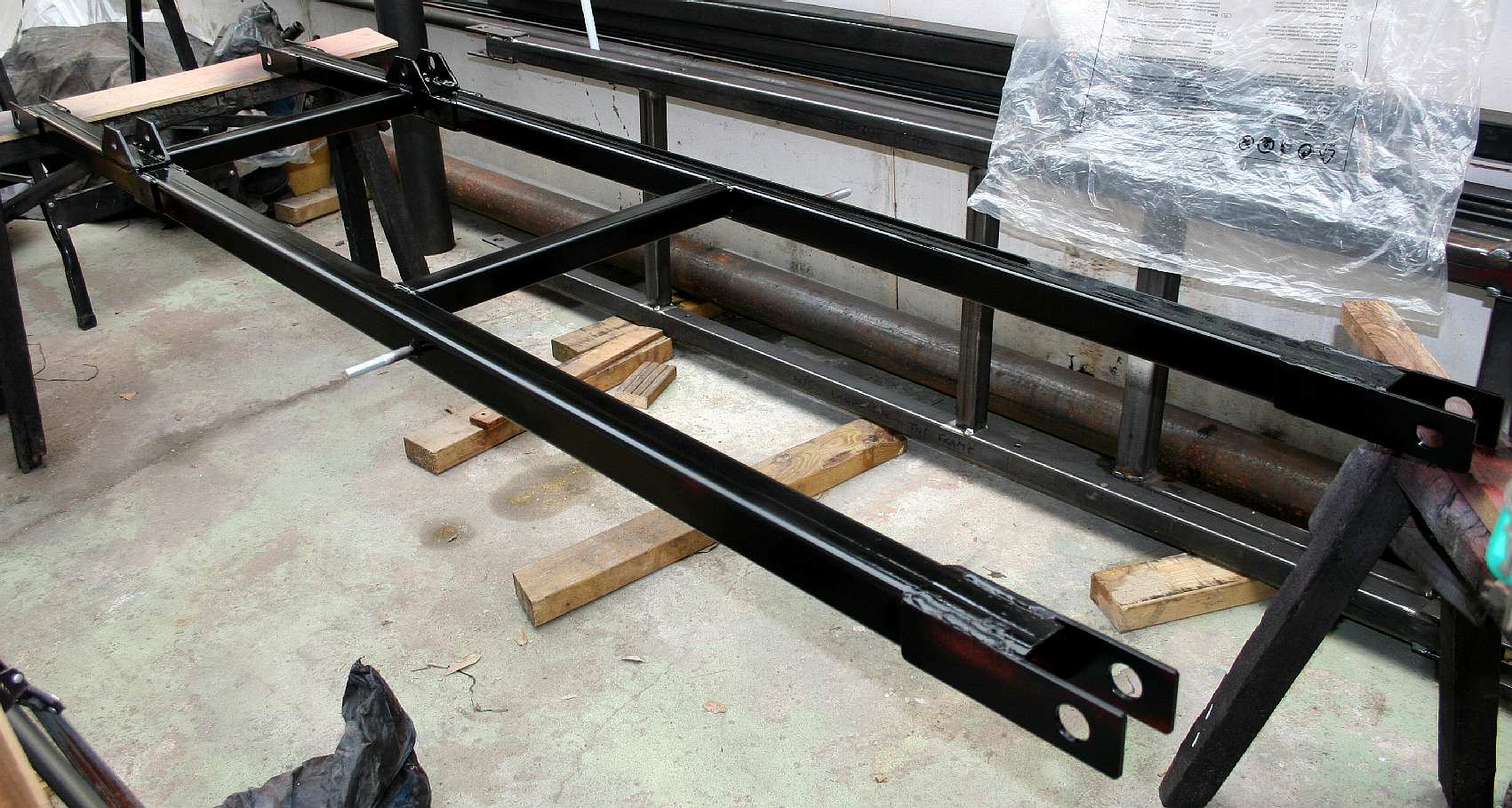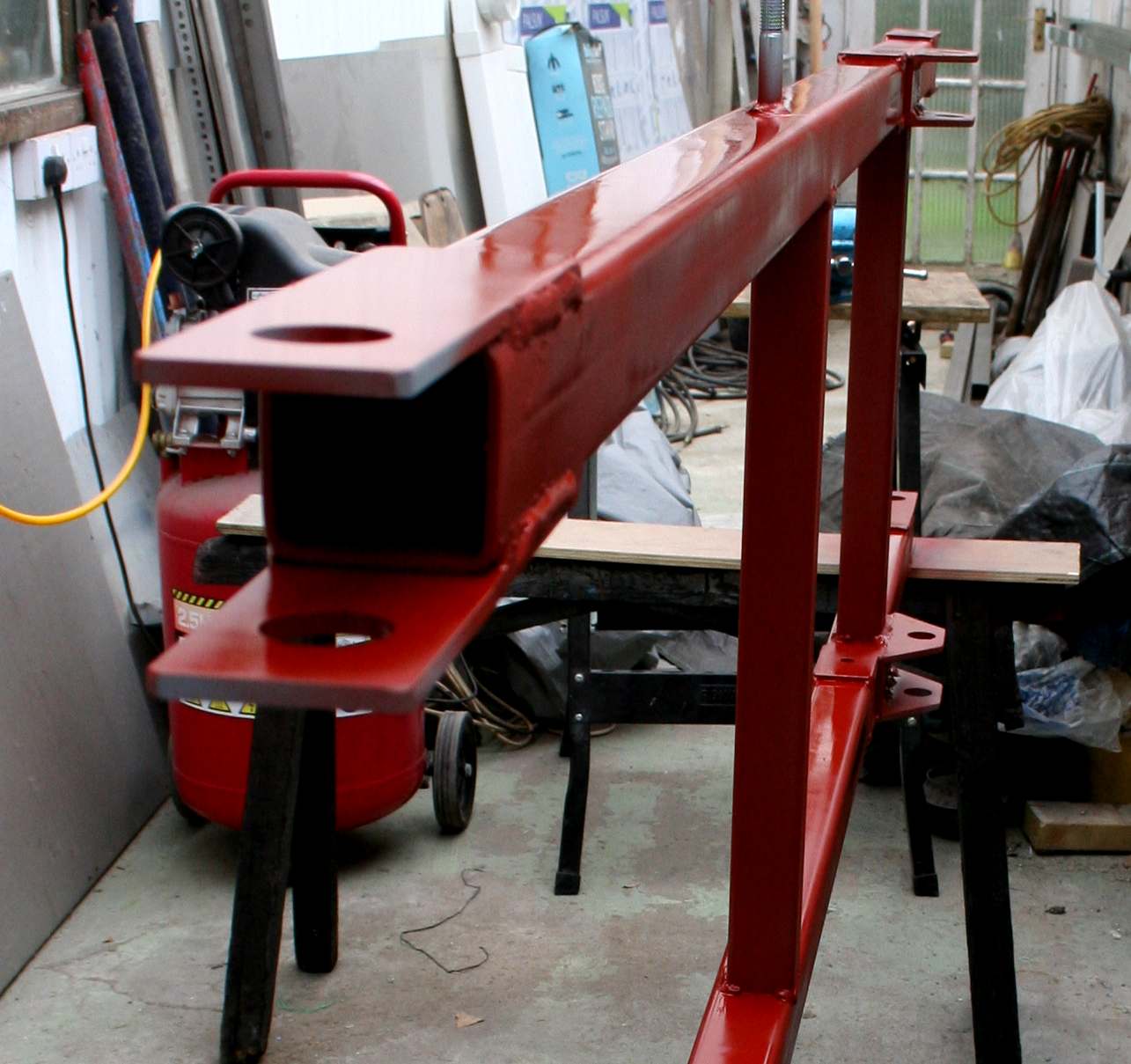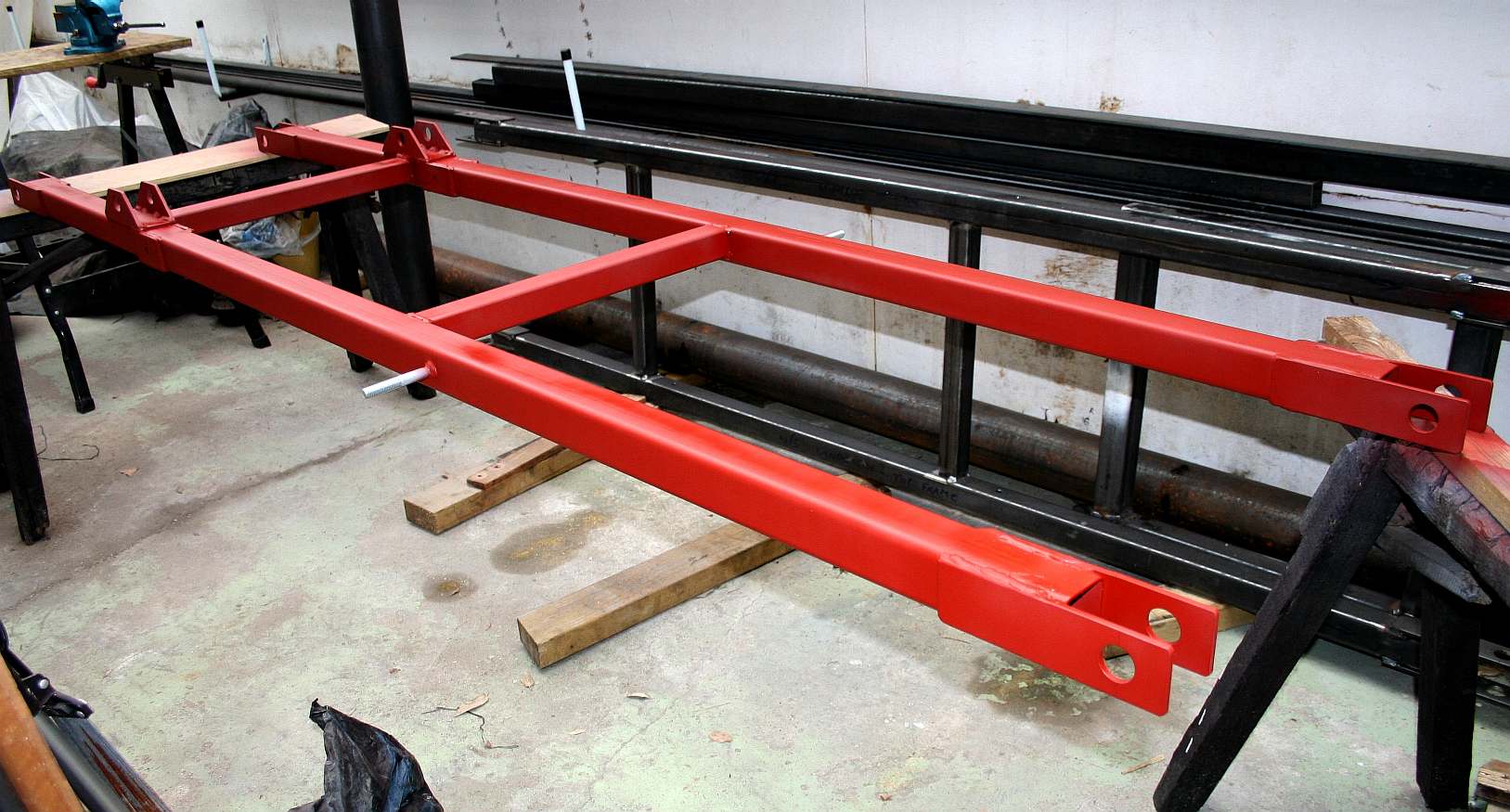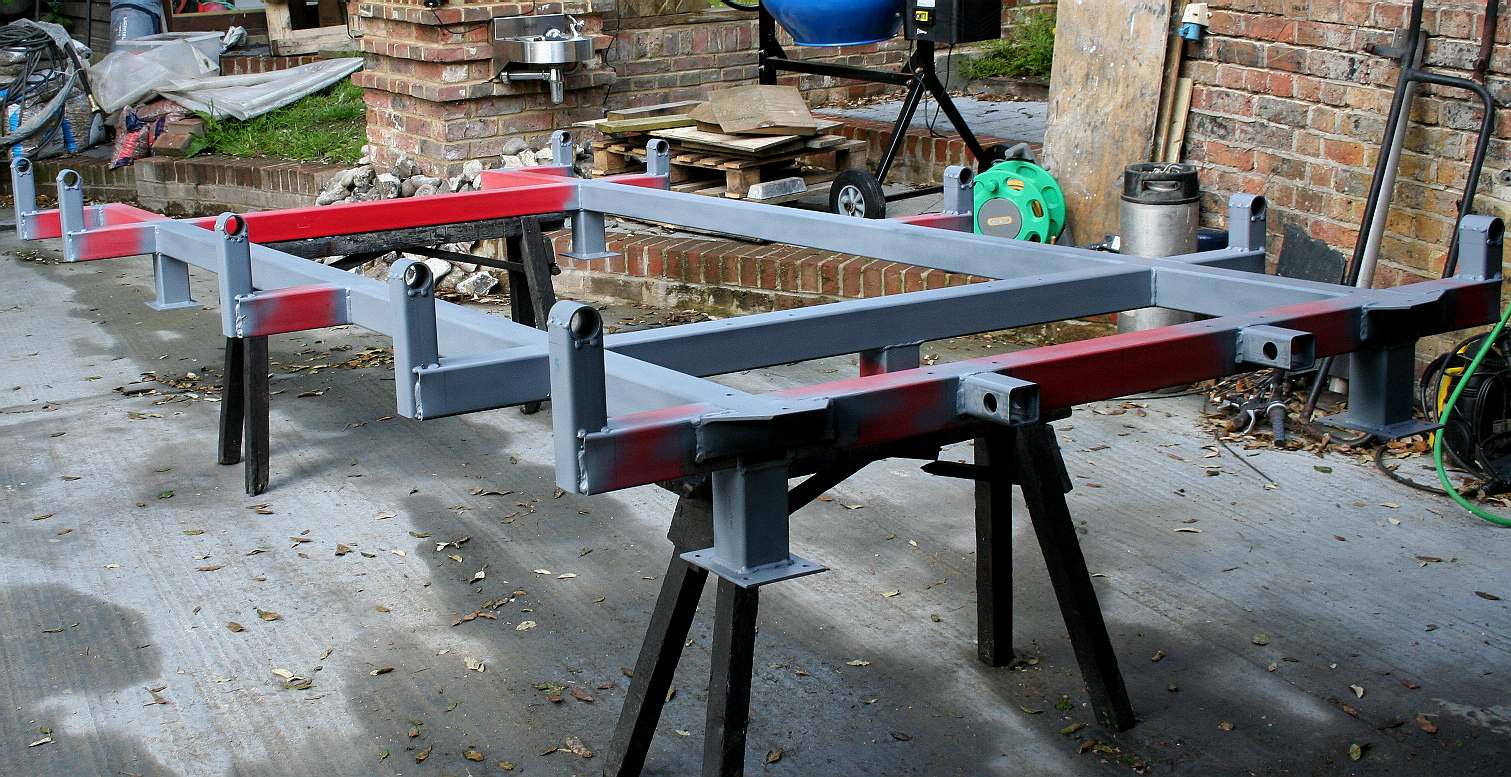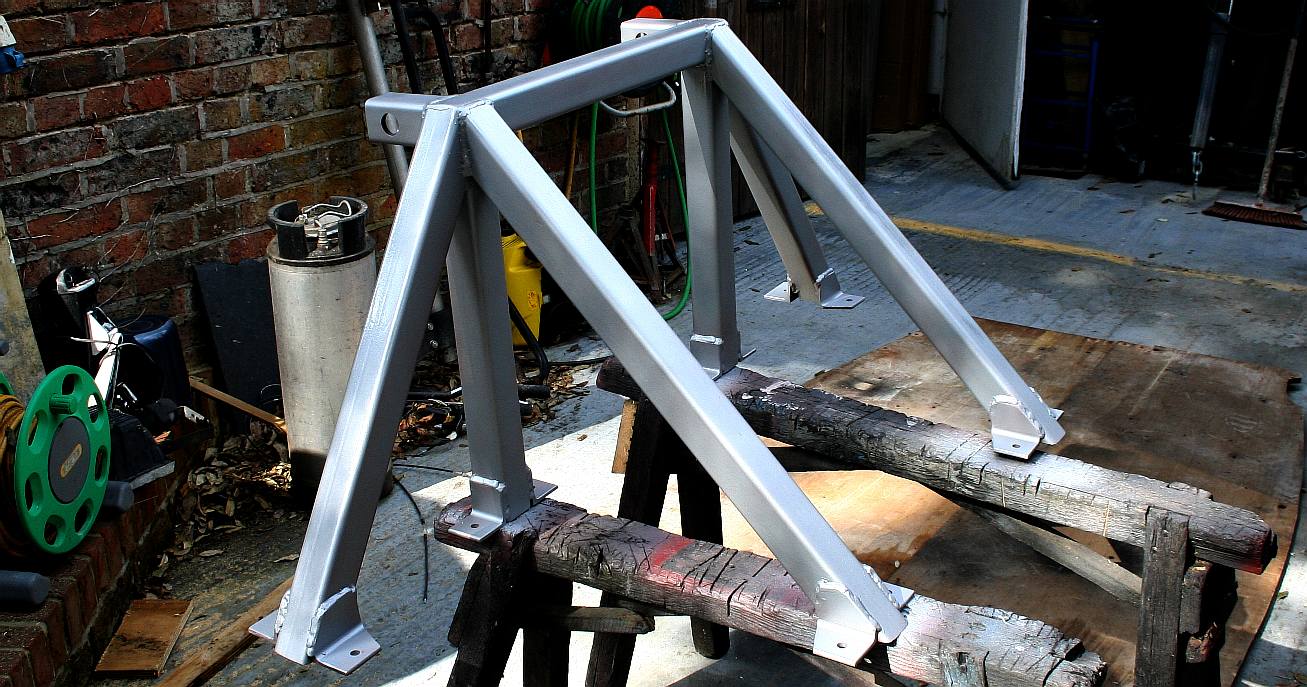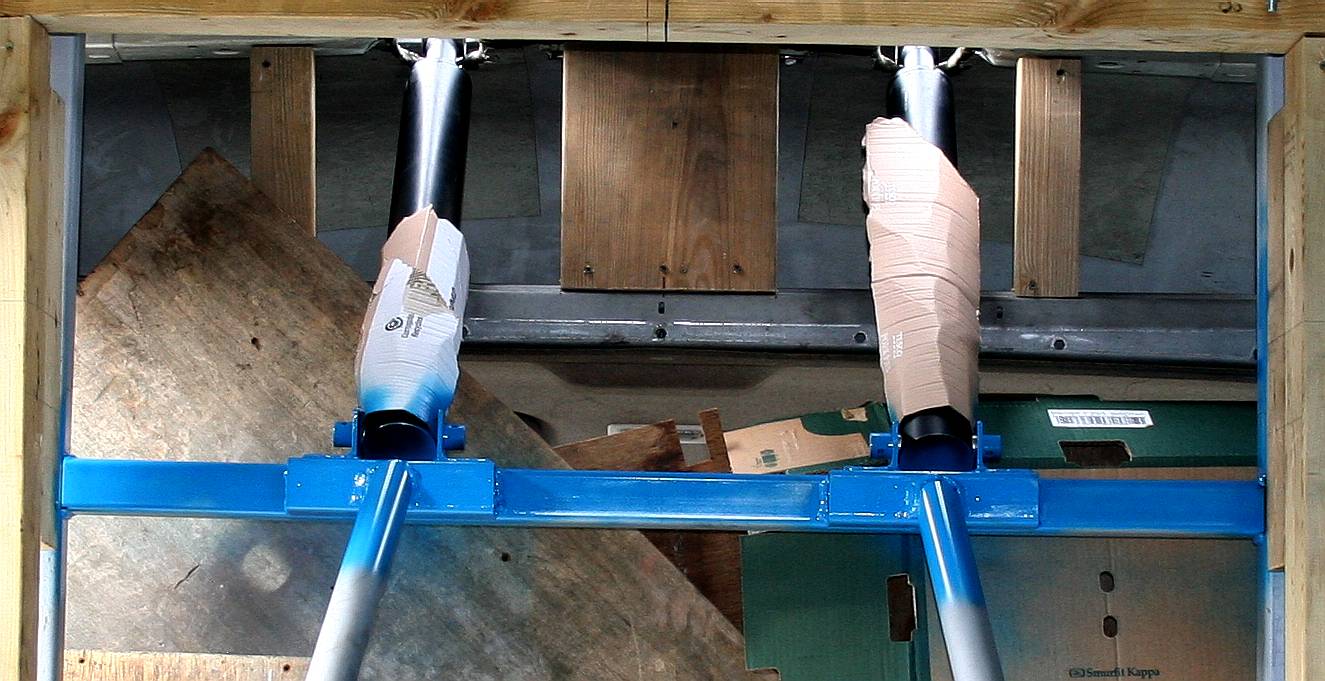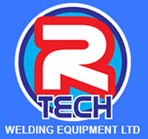|
RUST PROTECTION PAINTING
ABOUT - CLIMATE CHANGE - CONTACTS - CROWDFUNDING - DONATE - FOUNDATION - OCEAN CLEANUP - HOME - A-Z INDEX ARRAYS - BOOM - MASTS - INTERIOR - PAINTING - ROBOTICS - WELDING - WIND TURBINES
MOUNTING - Less than three months after design began, the base frame is bolted to this Ford Transit donor vehicle. Copyright © photograph 12 May 2019 Cleaner Ocean Foundation Ltd. All rights reserved, save for educational and research purposes.
As an experimental station this rig is an important milestone in the evolution of green transport. If the folding and furling system works to increase solar and wind harvested energy safely, it should pave the way for bigger and better things in clean ocean transport.
Steel is a wonderful engineering metal. It is cost effective and easy to weld and work, but it corrodes at a fast rate, requiring priming with rust inhibiting paints and several top coats of a good quality acrylic or even epoxy coatings.
But first the steel needs to be grease free and keyed with mill scale removed and where over painting, any old paint needs to be sanded and sound. In this case some of the steel was powder coated.
MAST TOP COAT - This picture shows an automotive acrylic satin black paint being applied. This process has to be repeated for the second mast. Copyright © photograph 29 May 2019 Cleaner Ocean Foundation Ltd. All rights reserved, save for educational and research purposes.
MAST PRIMING - [LEFT] we used etch primer to promote adhesion to the masts, after the mill scale and grease had been removed to a reasonable standard with degreaser and abrasive wire pads. [RIGHT] Once the etch primer was dry, a second coat of acrylic red-oxide primer was applied. Copyright © photograph 29 May 2019 Cleaner Ocean Foundation Ltd. All rights reserved, save for educational and research purposes.
RED OXIDE - Steel in prone to rust easily in a marine environment no matter how good your painting preparations. For this reason SeaVax is to be built of 5083 alloy. Copyright © photograph 29 May 2019 Cleaner Ocean Foundation Ltd. All rights reserved, save for educational and research purposes.
SPOT PRIMING - We spot primed the bare steel using a zinc rich rust inhibiting paint. Copyright © photograph 12 May 2019 Cleaner Ocean Foundation Ltd. All rights reserved, save for educational and research purposes.
MORE RUST PROTECTION - The next coat of paint was also a rust preventing acrylic based primer. The frame was flipped over to paint the underside. In days gone by this was called red-lead or lead-oxide. Copyright © photograph 12 May 2019 Cleaner Ocean Foundation Ltd. All rights reserved, save for educational and research purposes.
RUST INHIBITORS - Also primed in red acrylic, a second coat was with an aluminium rich rust inhibiting paint, that then received a top coat of acrylic satin black. Copyright © photograph 12 May 2019 Cleaner Ocean Foundation Ltd. All rights reserved, save for educational and research purposes.
The bare frame was first washed with water and detergent using a scouring pad to key the surface. The whole frame was then washed in clean water and blasted with compressed air to dry. Welded joins were wire brushed to remove persistent residues. It is important to remove all moisture from joins and crevices. Finally, the frame was wiped over with cellulose thinners. And then priming could begin. Do not paint in damp conditions.
PAINTED - The topcoat is an acrylic paint with a satin black finish. The vehicle is likely to be subject to salt laden sea spray over the next 24 months or more depending on how long the experiment needs to be land based. When moving out onto the open ocean epoxy coatings could provide a higher degree of protection. Copyright photograph © 12-05-19 Cleaner Ocean Foundation Ltd, all rights reserved.
SPRAY ENAMEL - Having primed the steel and fitted the hydraulic rams, the supporting frame inside the van is painted blue. Copyright photograph © 12-06-19 Cleaner Ocean Foundation Ltd, all rights reserved.
DONOR VEHICLE - This is the basic Ford Transit, as themed for awareness logistical support in 2018 by marine biologist, Emily Hoad. Copyright © photograph Cleaner Ocean Foundation Ltd. All rights reserved, save for educational and research purposes.
LINKS & REFERENCE
https://www.gembloux.uliege.be/ https://www.picross-eng.com/ https://www.parkersteel.co.uk/ https://www.r-techwelding.co.uk/ https://web.stanford.edu/group/efmh/winds/global_winds.html https://www.quora.com/Why-does-winds-velocity-increase-when-height-increases
THIS IS WHY WE BOTHER - Humpback whales are an example of the magnificent animals that are at the mercy of human activity. Humans are for the most part unaware of the harm their fast-lane lifestyles are causing. We aim to change that by doing all we can to promote ocean literacy to help reduce our plastic, food and carbon footprints.
ARRAYS - BOOM - MASTS - INTERIOR - PAINTING - ROBOTICS - WELDING - WIND TURBINES
This website is provided on a free basis as a public information service. Copyright © Cleaner Oceans Foundation Ltd (COFL) (Company No: 4674774) 2019. Solar Studios, BN271RF, United Kingdom. COFL is a charity without share capital. The names Amphimax™ RiverVax™ and SeaVax™ are trademarks.
|

